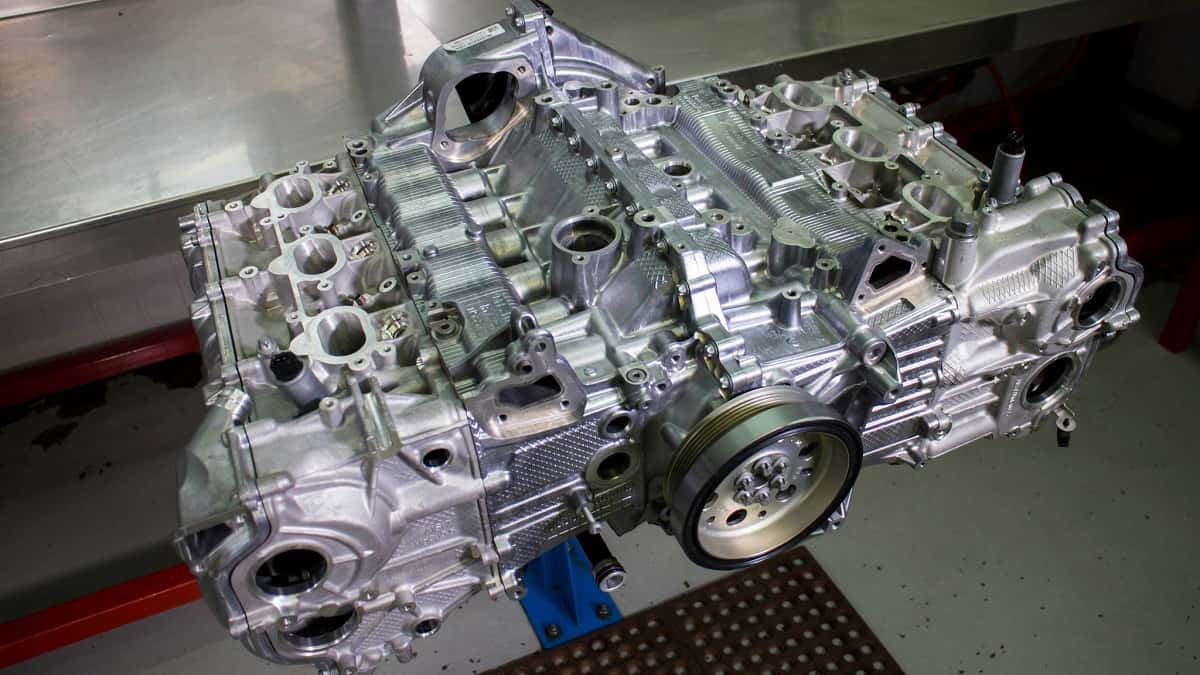
Porsche Cayman and Boxster Will Return To a Flat 6, Allowing the 718 Twins to Reach Further
Wilson-Pilcher car. Built in 1900 to take advantage of the 'flat' engine's natural balance and low centre of gravity, the Wilson-Pilcher car came with either four or six cylinders. Each.
The air cooled, Flat Six cylinder engine of a Porsche 911 rebuilt by Singer Design [2700x1797
Flat 6 Innovations, a division of Raby Enterprises Inc. was founded in the early 2000s to support the development and specialized repair for the Porsche M96/M97 family of engines fitted to Porsche Boxster, Cayman and 996/997 series vehicles. Flat 6 Innovations, in partnership with LN Engineering developed the first engine program to effectively.

How Porsche's Brilliant AirCooled FlatSix Engine Thrived for Three Decades — Petersen
Output jumps by a substantial 40 horsepower and 52 lb-ft of torque. 1994 Porsche 911 Turbo turbocharged 3.6-liter flat-6 engine. 1995: The 3.6-liter flat-six gets hydraulic valve lifters and.
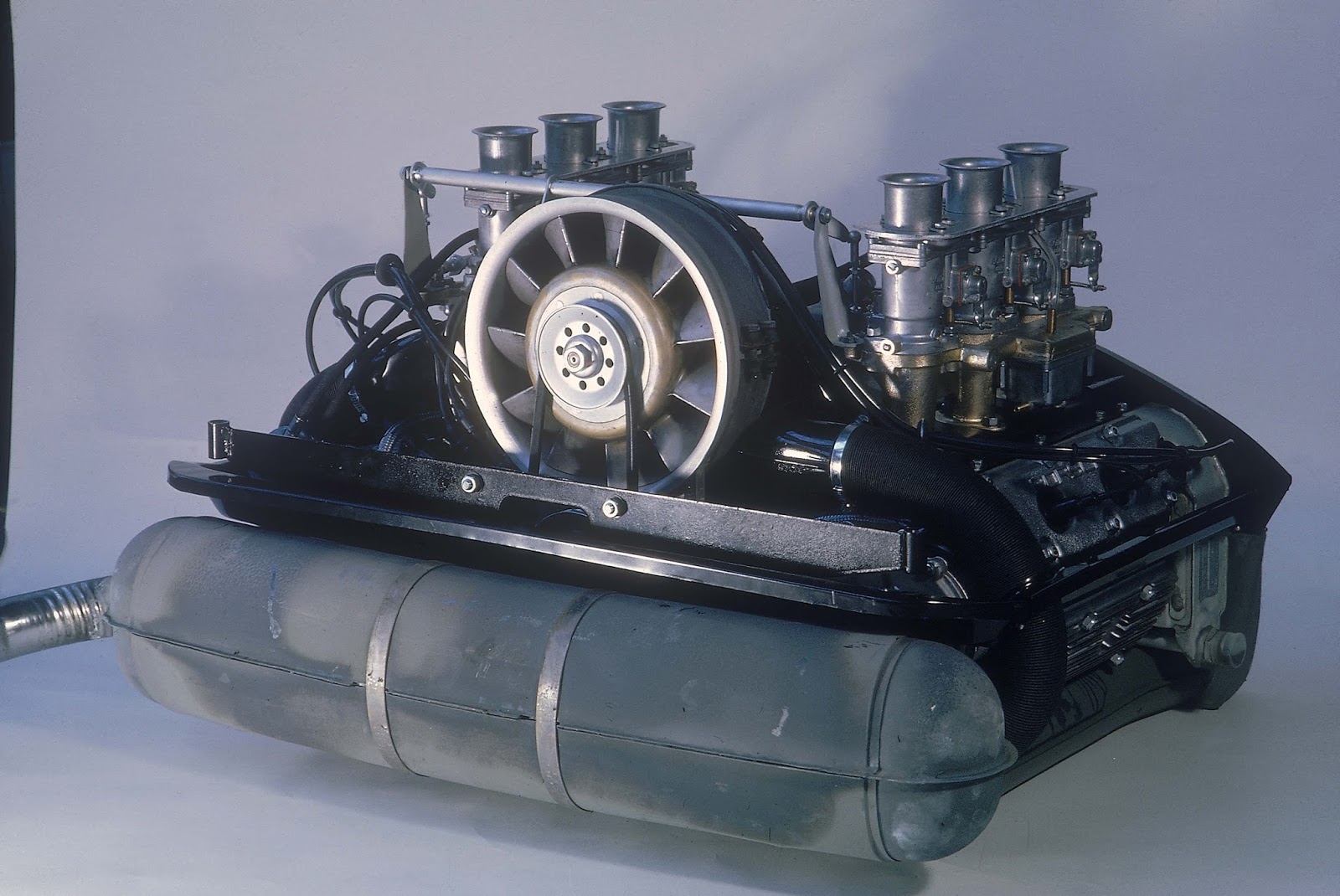
Porsche flat6 engine 50 year history megagallery The Crittenden Automotive Library
Originally an air-cooled 2.0-litre engine with Solex carburettors, the Porsche 911's flat six engine got its first major revision in 1969 with the introduction of the B Series cars. With this came a switch to mechanical fuel injection on the 911E and flagship 911S models. A year later and the three 911 models (T, E and S) had their capacity.
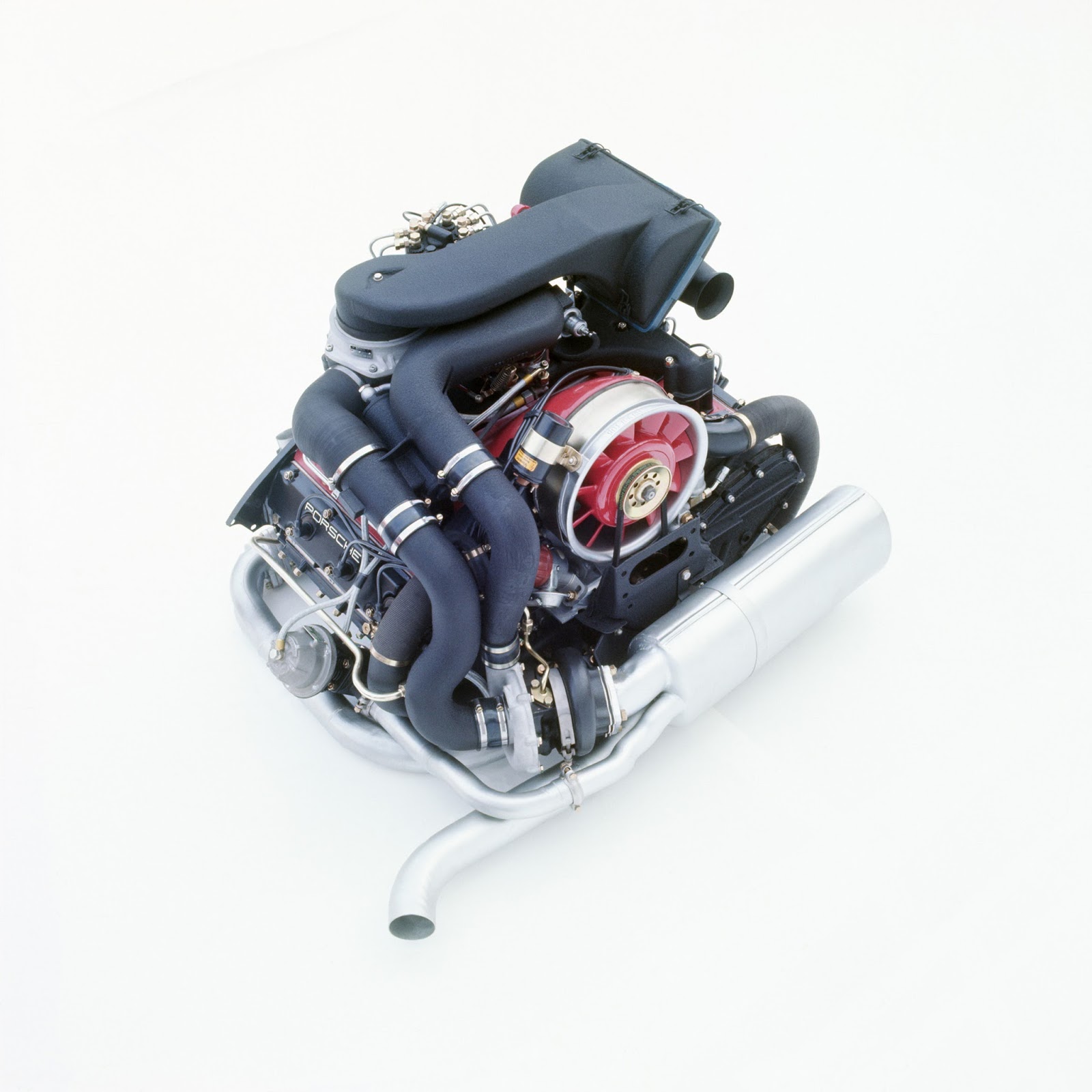
Porsche flat6 engine 50 year history megagallery The Crittenden Automotive Library
Flat-6 engine in an older air-cooled 911. The Porsche flat-six engine series is a line of mechanically similar, naturally aspirated and sometimes turbocharged, flat-six boxer engines, produced by Porsche for almost 60 consecutive years, since 1963. [8] [9] The engine is an evolution of the flat-four boxer used in the original Volkswagen Beetle.

Speedmonkey Porsche flat6 engine 50 year history megagallery
A flat-six engine, also known as a horizontally opposed-six, is a six-cylinder piston engine with three cylinders on each side of a central crankshaft. The most common type of flat-six engine is the boxer-six engine, where each pair of opposed cylinders moves inwards and outwards at the same time. An alternative configuration for flat engines.

Porsche Type 935/76 FlatSix Engine Photograph by Gene Parks Pixels
The Porsche 911 is perhaps the most famous example of a car that has used a flat-six engine. The first Porsche 911 was introduced in 1964 and was powered by a 2.0-liter flat-six engine that produced 130 horsepower. Over the years, the Porsche 911 has been powered by a range of these engines, with displacement ranging from 2.0 liters to 4.0 liters and horsepower ranging from 130 to 700.

Turbocharged Corvair Flat Six Is A Neat Engine horsepower
Porsche announced that the new 718 Cayman and Boxster GTS will be powered by a naturally aspirated 4.0-liter flat-six.. this engine is the 992-generation 911's 3.0-liter flat-six, though.

How Porsche’s brilliant aircooled flatsix engine thrived for three decades Hagerty Media
Flat-6 engine. A flat-6 or horizontally-opposed-6 is a flat engine with six cylinders arranged horizontally in two banks of three cylinders on each side of a central crankcase. The pistons are mounted to the crankshaft such that opposing pistons move back and forth in opposite directions at the same time, somewhat like a boxing competitor.
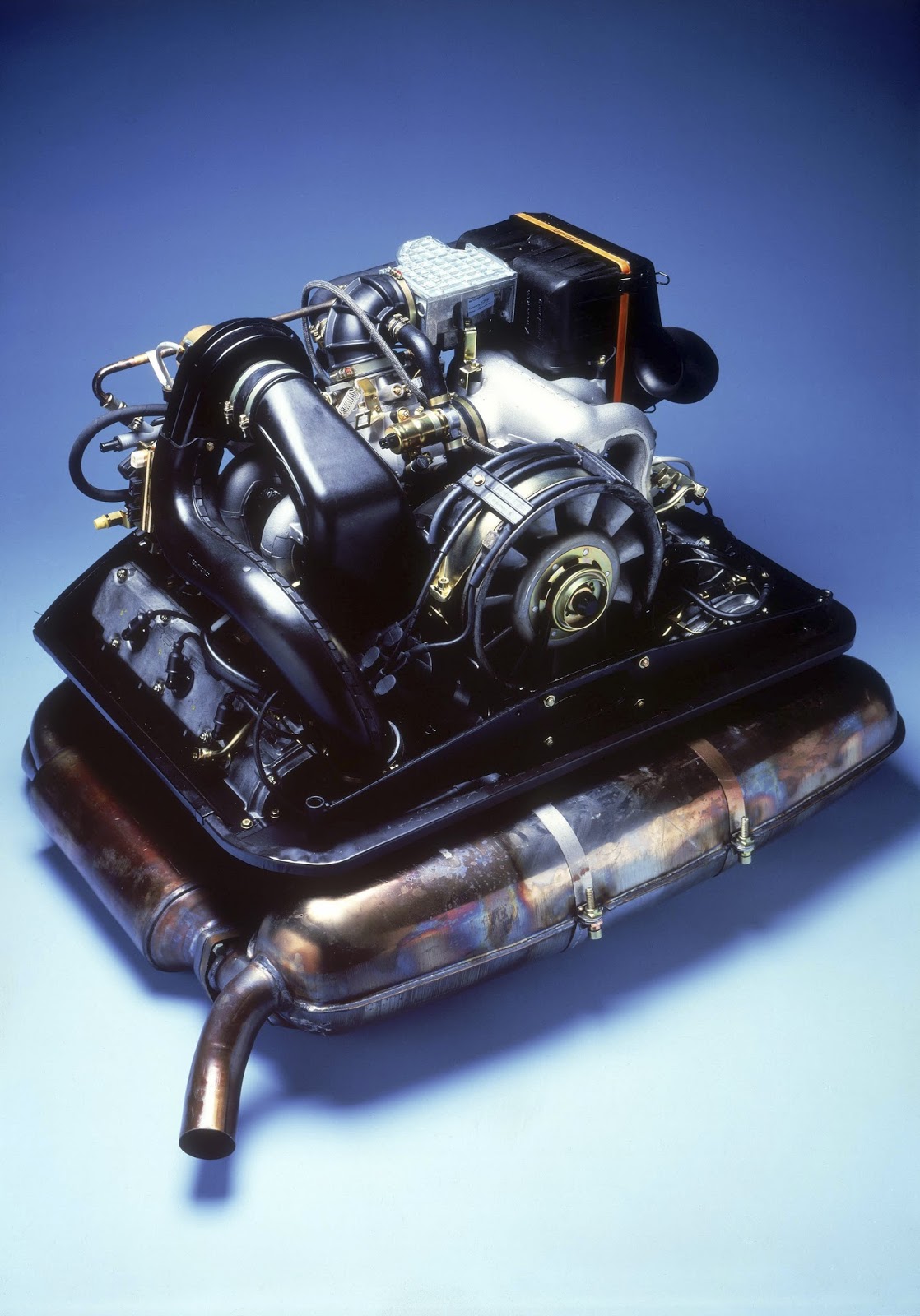
Speedmonkey Porsche flat6 engine 50 year history megagallery
The 911's heart and soul is a rear-mounted six with cooling provided by fins and a fan. This engine has its crankshaft in the middle, with three cylinders laid flat on each side. Vastly exceeding what you'd expect from a layout that descended from the VW Beetle, the 911 engine provides sparkling performance and a vivid personality. This.
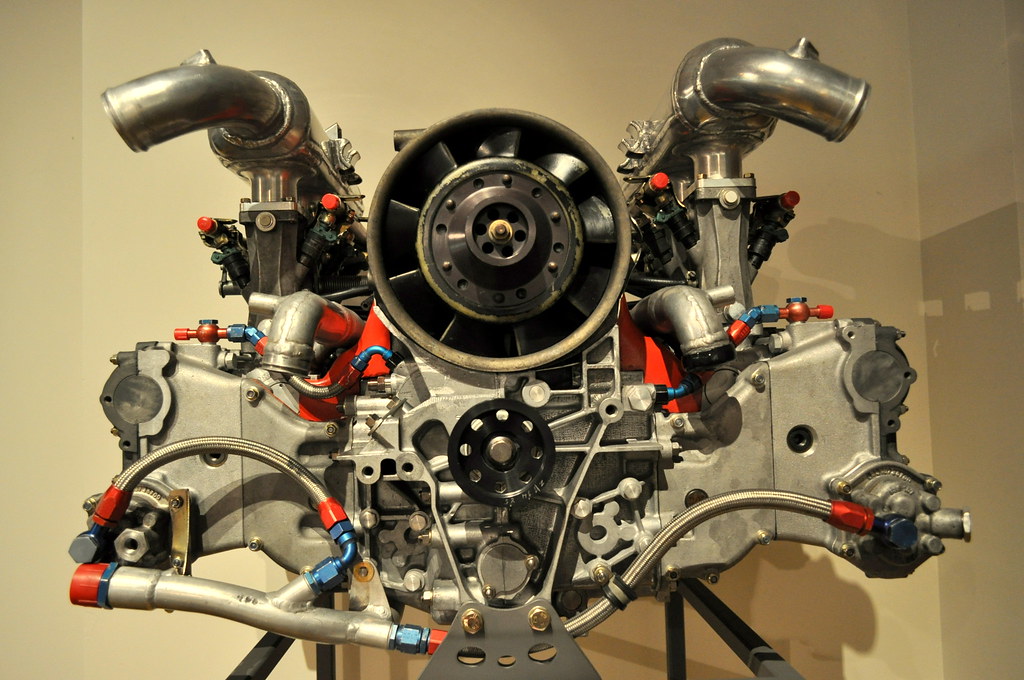
1985 Porsche 962C Flat6 Boxer Engine, Canepa Motorsports … Flickr
A flat-six engine, also known as a horizontally opposed-six, is a six-cylinder piston engine with three cylinders on each side of a central crankshaft. The most common type of flat-six engine is the boxer-six engine, where each pair of opposed cylinders moves inwards and outwards at the same time. An alternative configuration for flat engines is as a 180-degree V engine, where both cylinders.
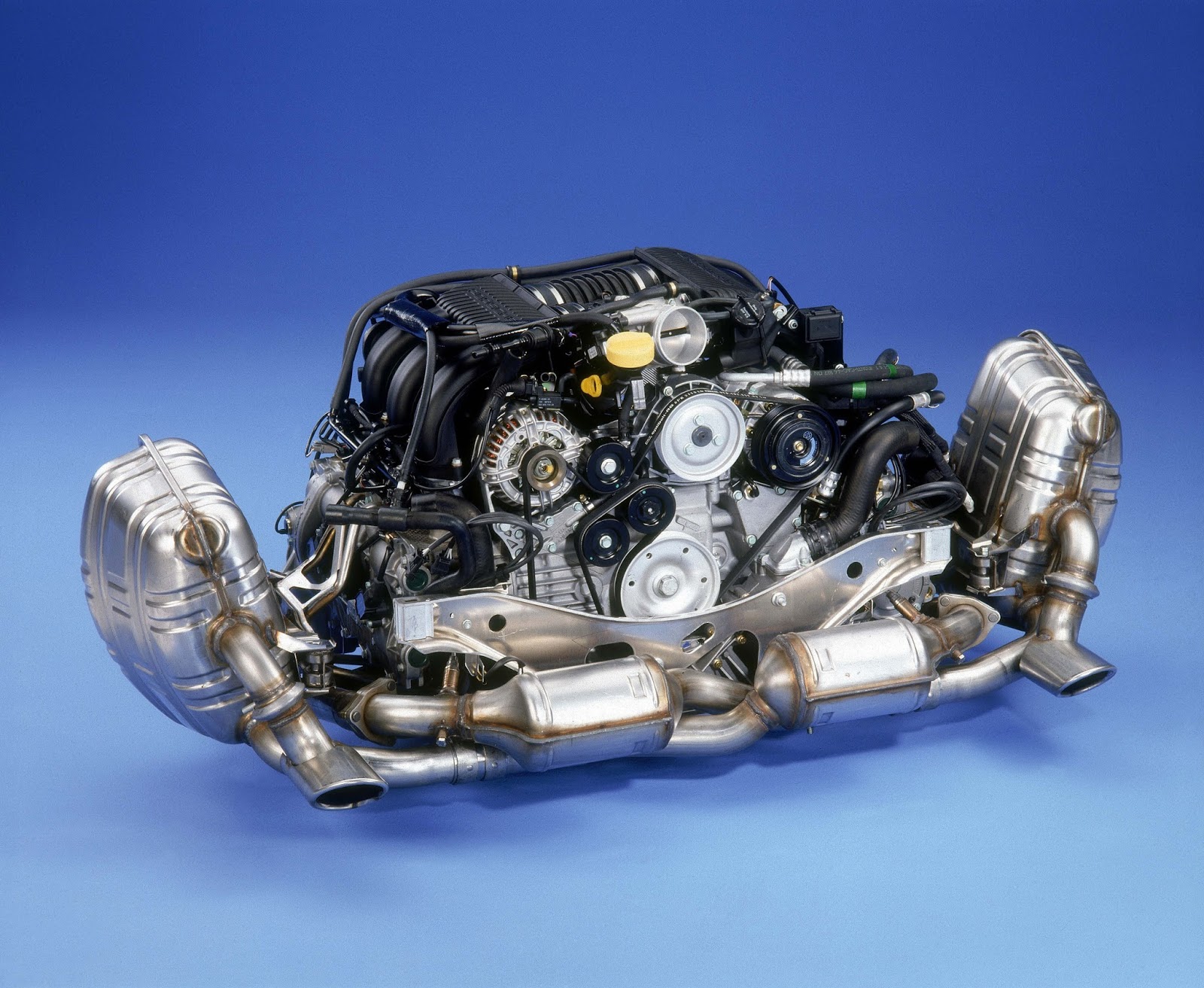
Speedmonkey Porsche flat6 engine 50 year history megagallery
Customers can choose from naturally aspirated flat-6 engines displacing 3.6, 3.8 or 4.0 liters. The first application of the supercharged engine will be a 964-generation 911 restomod commissioned.
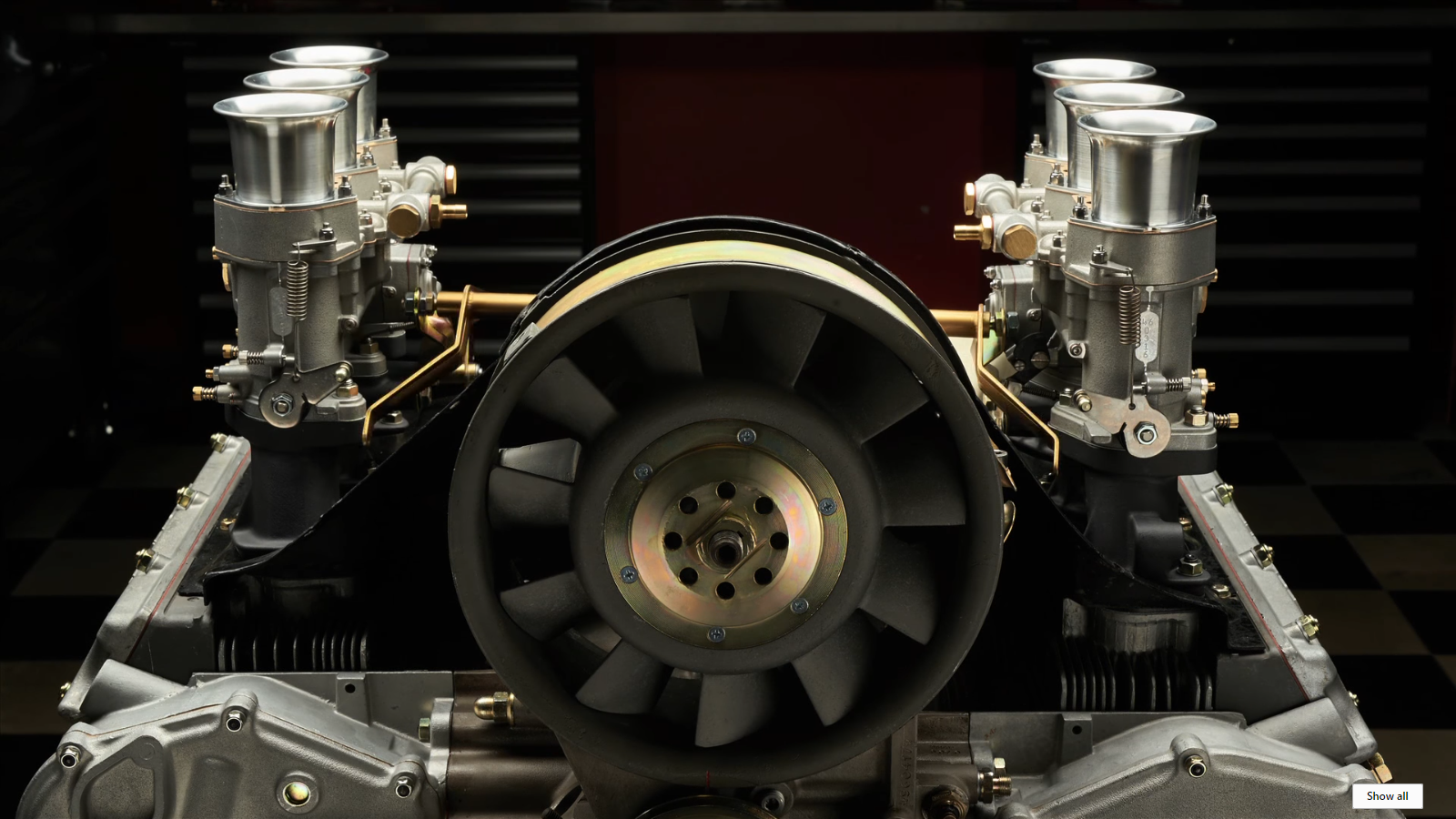
Watch This Mesmerizing Porsche FlatSix Engine Assembly The Drive
The 2.7-liter flat-six engine earned Porsche its fourth "Engine of the Year Award" in 2013, according to Automotive World. Porsche made its decision regarding the flat-six engine over 50 years ago.

RSeries F6I Engines Flat Six Innovations Porsche Engine Experts
Thanks to a bore and stroke of 91.0 mm and 76.4 mm, the new engine displaces 2981 cc. This is down from 3436 cc and 3800 cc in the 991.1 Carrera and Carrera S models. The stroke is only reduced by.
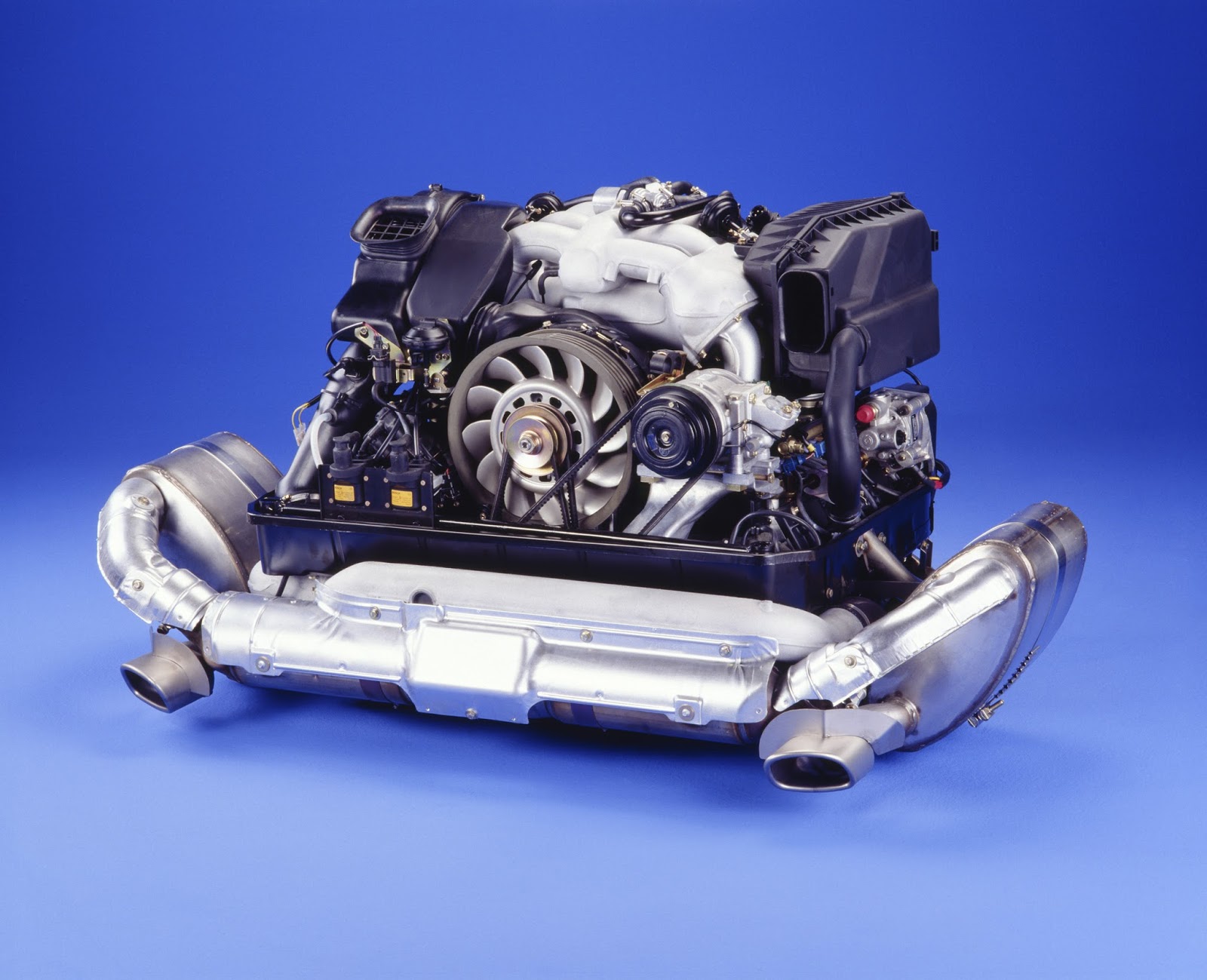
Speedmonkey Porsche flat6 engine 50 year history megagallery
Difference between two flat 6 cylinder engines: 180° V on the left, boxer on the right. The advantages of flat engines are a short length, low centre of mass and suitability for air cooling.. Compared with the more common straight engines, flat engines have better primary balance (resulting in less vibration); however the disadvantages are increased width and the need to have two cylinder heads.
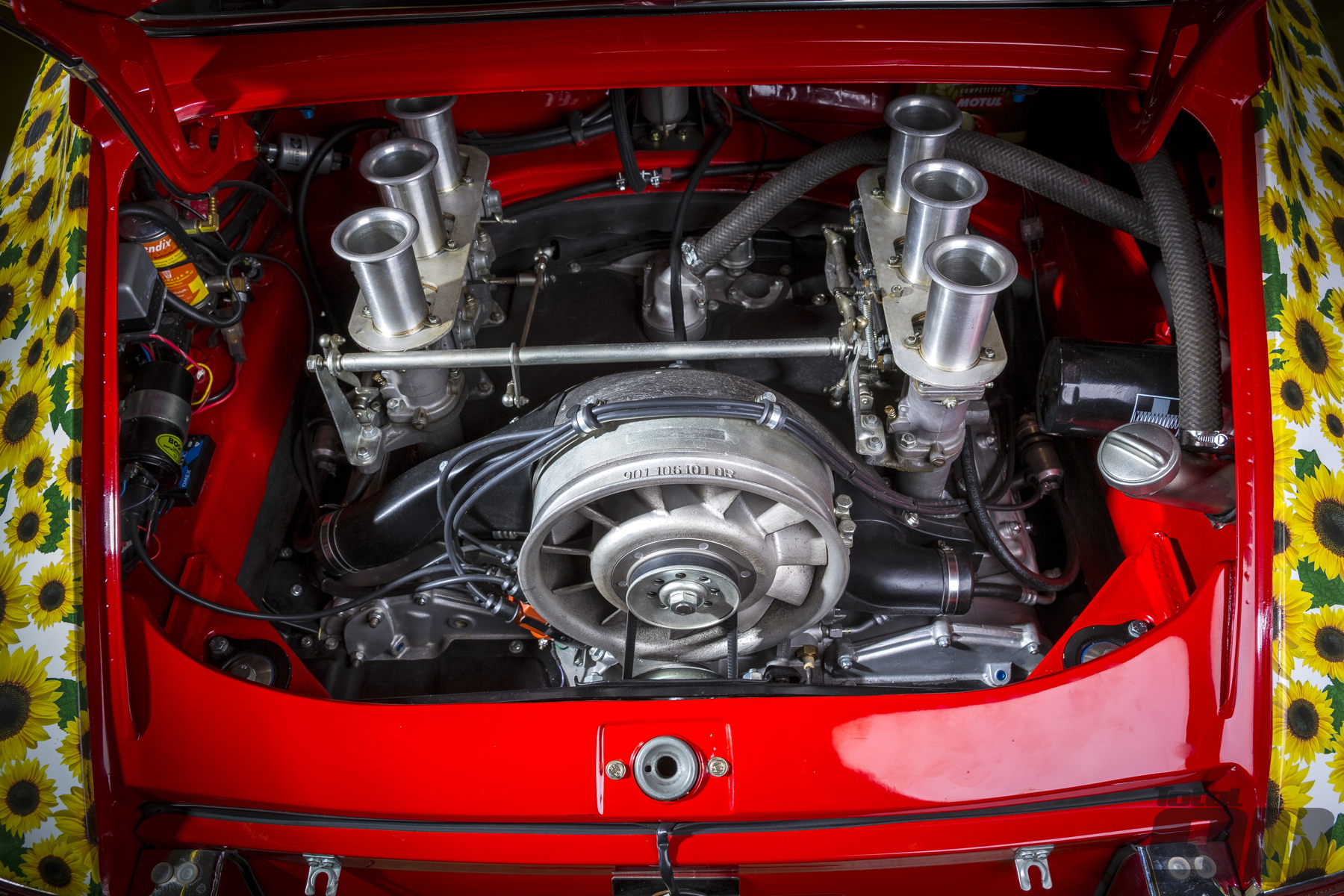
Flat six engine A Porsche 911 history Total 911
The 3.8-liter flat-6 MDH.NA engine is actually an updated version of the Turbo S engine, rather than the 4.0-liter we mentioned above. This motor got larger variable-geometry turbochargers, larger exhaust manifold primaries, larger intercoolers, and redesigned pistons. As a result, the engine makes 700 hp at 7,000 rpm and 553 lb-ft of torque.